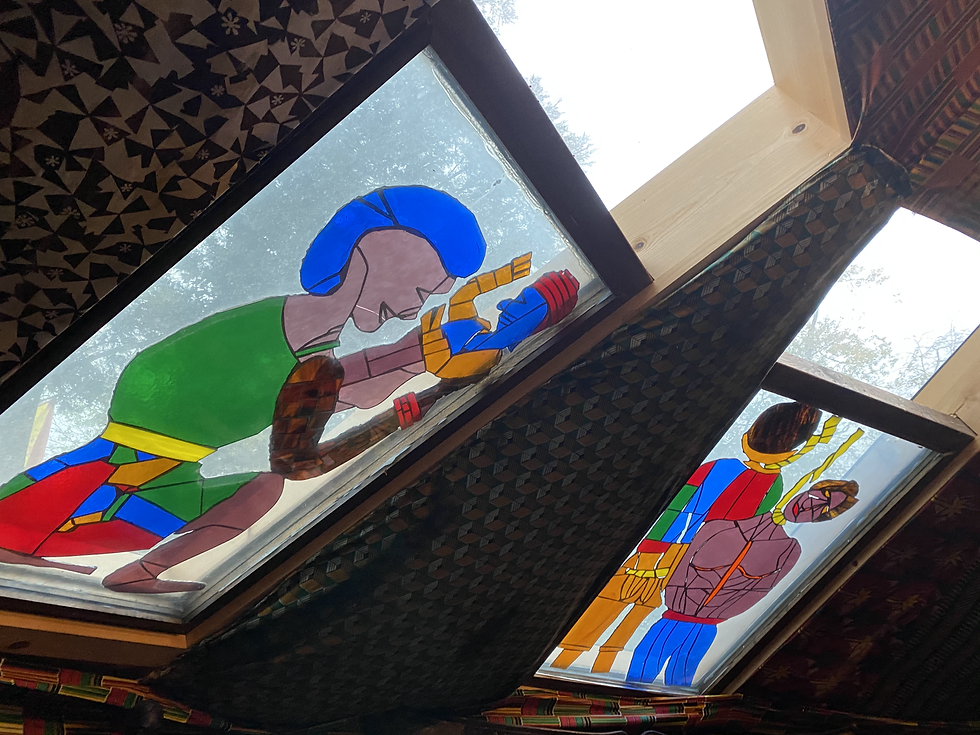A History Lesson on Slavery in Sandy Spring, MD
- Ken Murray
- Oct 14, 2020
- 2 min read
Shelly and I visited the Sandy Spring Slave Museum in Sandy Spring, MD. While the museum was actually closed due to Covid, it created an outdoor history lesson through a series of stations where performers told the story of slavery and eventual freedom in Sandy Spring.
The first station was of a Quaker woman in the 1820's who spoke about the Quakers as abolitionists, and who aided enslaved people who sought their freedom via the Underground Railroad.
The second station was a man from Ghana who told about the settlement of their land by Europeans who initially came for gold on the "gold coast", but eventually took men, women, and children into forced slavery to be sold in Europe and the Americas. He spoke of how they were not treated as humans, and were packed into ships like sardines. Nearly 40 million Africans were taken from their homes, 25 million perished enroot to the New World, and nearly 15 million were sold into slavery.
The third station was of a Portuguese slave trader and an English pirate who attacked the slave trader's ship and stole his cargo of men, women and children. The slave trader lamented the loss of his cargo, while the pirate gloated.
The fourth station was an enslaved woman who spoke about missing her son who had been sold to another plantation, and whom she had never seen again.
The last station was a former enslaved woman who was now a teacher and adjusting to her new-found freedoms.
There was also a building with historic artifacts, and the museum historian offered insights into the bonds the enslaved people maintained and how they preserved their culture through words, songs, dress, and carvings.
I also learned that the Quakers were instrumental in establishing community of free people. And many descendants of enslaved people still live in and around Sandy Spring.
Afterwards, I was disturbed, and felt shame and anger that people could have believed that people of different skin color were no more than animals. I was angry that racism is still prevalent in the United States, and that one day I will be aware of and shed any unconscious biases I have. It's through awareness that I can grow, and it's through museums and events like this that I can become more aware.




Commenti